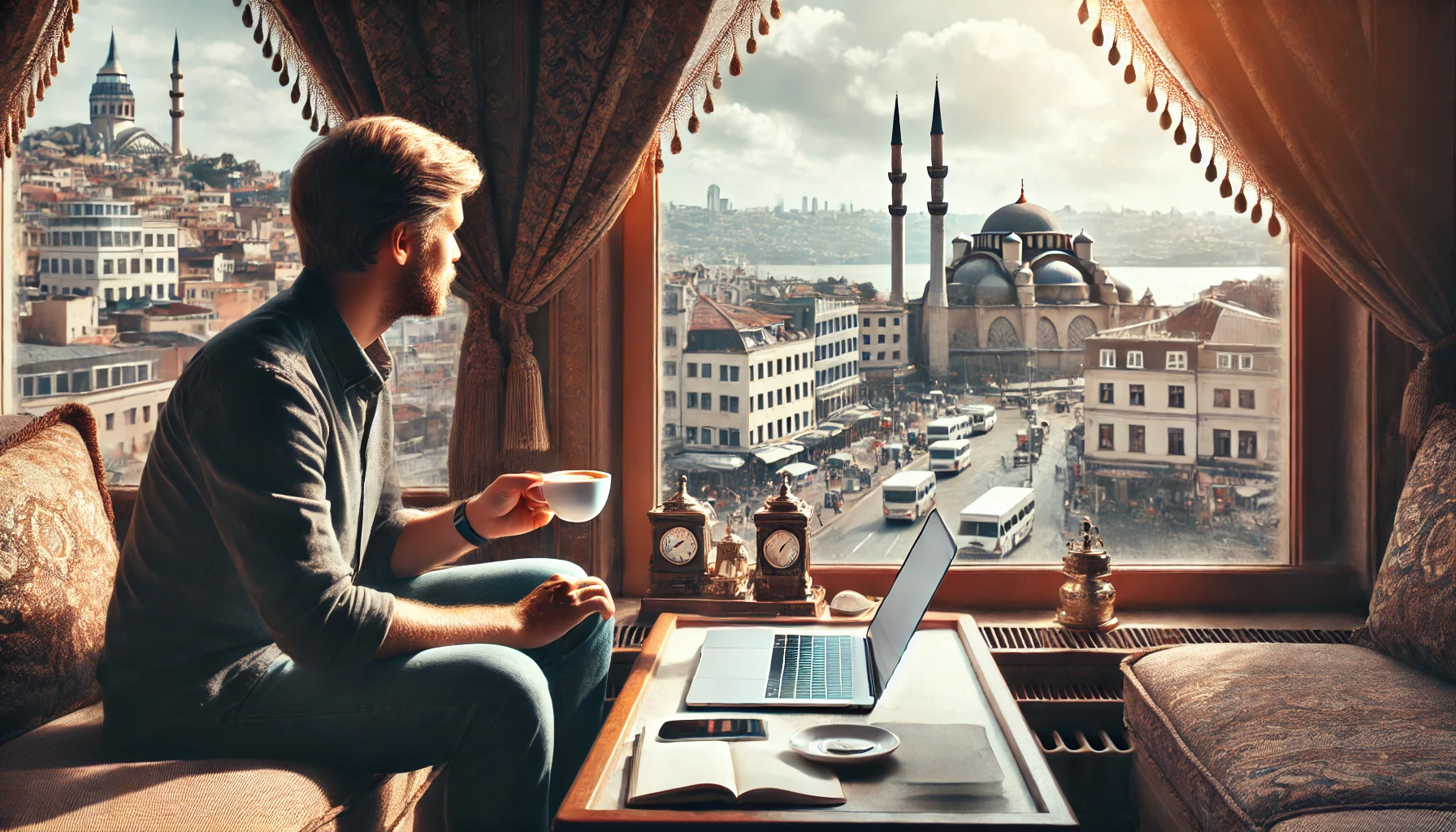Introduction for Packing Hacks
Embarking on a backpacking travelling adventure, where Packing Hacks are important, is an adrenaline-fueled experience that combines the excitement of discovery with the ability to bring everything you need with you. However, efficient packing is essential to ensure your journey is a comfortable, convenient, and enjoyable one. Whether you are a seasoned traveler or explorer, utilize these packing hacks to streamline your gear for any adventure. That means you’ll have everything you need without overexerting yourself.
Comfort and support fit
Pick a lightweight hiking backpack. An adjustable strap and padded hip belt absorb the most of the weight of your pack on your hips. Strain on your back is reduced if you have a well-fitted one.
Make a packing list
ridiculous packers Hate wasting seconds. Useful stuff
First, prepare a detailed packing list of all the items you need, such as clothing, toiletries, electronics, and travel paperwork. A list will assist you in keeping track of all the things you need to prepare and prevent you from forgetting anything essential.
Avoid Overpacking
Do not pack things that you may need “just in case.” Only pack the necessities, and do not bring more than one item of a kind. Additionally, it’s worth mentioning that if you need anything on the ground, you can always buy it when you arrive.

Use Packing Cubes and Organizers
Key Benefits of Packing Cubes
A great tool for organizing your gear is to use packing cubes. Packing cubes enable you to group items, removing the need to unpack your whole bag each time you need to get something.
How to Pack
Use cubes in various colors to identify what there is in each one. For instance, keep tops in one cube, bottoms in another, and socks/underwear in a third cube. This arrangement allows you to find things with ease and maintains order in your pack.
Roll Clothes
Space-saving Method
Rolling your clothes instead of folding them to save space and allow you to pack more stuff into your pack. This is a simple yet effective packing method that maximizes your packing efficiency.
Prevent Wrinkling
Clothes can last longer without wrinkles when they are rolled into outfits.
Opt for Multi-Purpose Items
Clothing Accessories
Select clothing that can serve several functions. A sturdy light jacket can be used as a jacket, a hooded rain all-weather tops-duty jacket to safeguard you from the weather. Dual-purpose pants that easily convert from trousers to shorts are great alternatives.
- Base insulating layer to wick moisture: A base insulating layer helps wick moisture away from your body. As such, while a backpacking shirt can double as a base layer, layering up is advisable. A merino base layer is an excellent choice as it can stay odor-free for days.
- Outer waterproof and windproof layer: While you can always put on a rain jacket, layers indeed work better when it comes to keeping the elements out. A thin, waterproof, windproof shell comes in handy as well.
- Minimize toiletries Instead of the large bottles, choose small-sized toiletries. Empty small bottles can be refilled with your favorite liquid products or acquire a travel-sized version.
- Opt for solid toiletries Solid toiletries like bar soaps, shampoo bars, and toothpaste tablets take up less space, are less likely to leak, and often last longer than their liquid version.
- Compression bags
- Reduce volume Compression bags can reduce the volume of all your bulky items jackets, sweaters, etc., by squeezing the excess air out.
- Protecting much of your gear from moisture and dirt
- Lightweight quick-dry clothing Consider lightweight and quick-dry fabric when buying your travel clothes. Such fabrics are not only lightweight to carry while walking, but they also dry fast in case you wash them overnight.
- Limit shoes and accessories Two pairs of shows will be an ideal choice, one for hiking and a more comfortable one for light backpacking, walking, and casual wear. For accessories, a hat, sunglasses, and a lightweight scarf should cover the essentials.
- Utilize empty spaces Fill in every inch with small items fits like socks, underwear, or electronic cables.
- Keep essentials accessible Important documents:
Carry all necessary documents (which contain passport, insurance related to travel and emergency contact numbers) in your reachable points. More features: A good alternative is a travel wallet or the zippered pocket of your backpack.
Daily Necessities
Daily essentials like snacks, water bottle or map should be in a front pocket for easy access.
Bring a Portable Laundry Kit
By traveling with a portable laundry kit, you can utilize the wash uh travel method and simply get down to what needs cleaning rather than how many outfits should be packed. Pack a little of your favorite soap, a sink stopper and travel clothes line.
Quality Travel Gadgets
Compact Chargers
Take with you a condensed, multi-port measurer that preserves command to all your gadgets but oc cupies scantily any ring on our chargers. Power Bank (if your devices need to be charged up while on the move)
Travel-Sized Electronics
Opt for travel-sized electronics: a small camera, light tablet or eReader. They do not add much extra weight, but they serve for entertaining and convenience purposes.
Stay Organized with a Daypack
Daypack Essentials
Daypack: You will surely need a day pack for your longer itineraries or excursions. Fill it with the must-haves…water bottle, snacks, map and a hoodie.
Using Your Daypack Wisely
Leave your backpack at the hostel and carry only what you need day to day with a small, well packed back. This is great because it makes travelling much easy to go around.
Conclusion
You can pack for backpacking with ease. With these 15 packing tips, you’ll be well on your way to simplifying your gear and keeping everything organized while traveling. All the details are in the book, but remember: you want kit that packs down very small to leave room for food and shelter if required. Happy travels!
FAQs
Why I Overpack for Backpacking (and how NOT to)
When you have a packing list stick to it, bring versatile clothing items and refrain from “just in case” citeuations. Hey, remember you can purchase things on the road that may be needed.
2. Why should you use packing cubes?
Packing Cubes: These make packing organized very easy, keep your clothes compressed to save room and allow you locate what you need without taking everything out.
3. So which backpack is best for my trip?
Think about the duration of your trip so you know how much gear to bring. For most backpacking adventures where you have everything but the tent (assuming that is shared) a 40-60 liter pack will get it done. In fact, make sure you get one that is comfortable to wear with adjustable straps and a good frame.
4. What to carry in Daypack For daily excursions
A daypack Ideally should carry a water bottle, some snacks, a map document (we love those), light jacket of course including the necessary stuff for your own needs through out the day.
5. The lighter the better Packing with a light touch and for fast drying?
Since you are pulling off an overnighter then going to track back, lightweight simple dry clothes can help reduce the weight of your backpack and be comfortable in most weather conditions.


